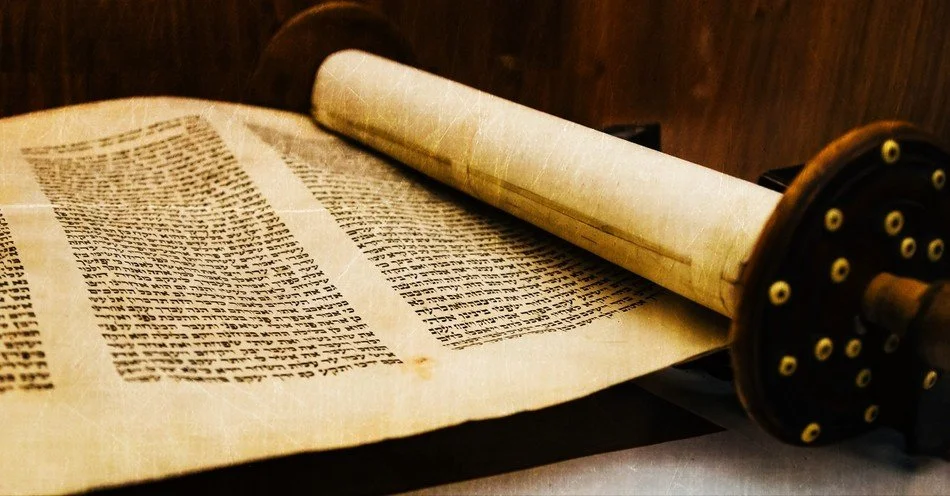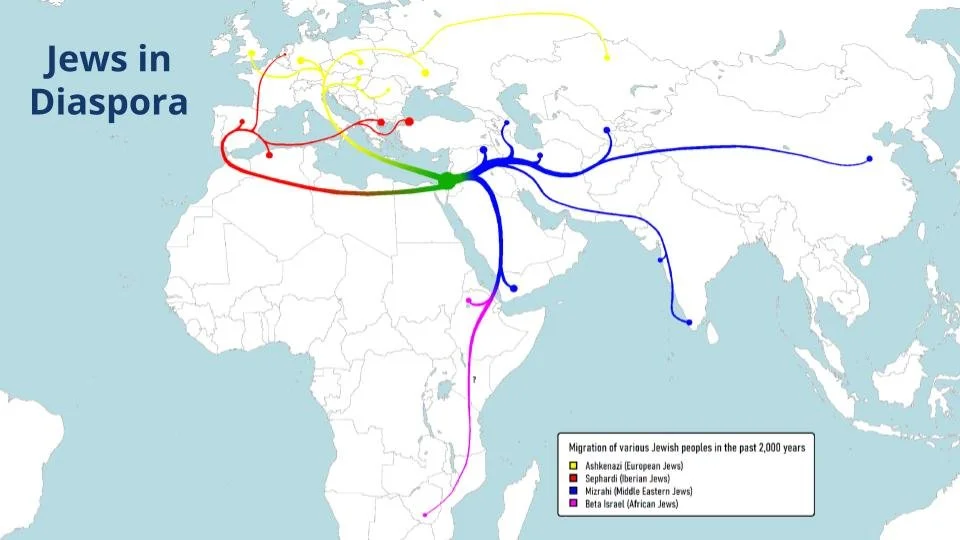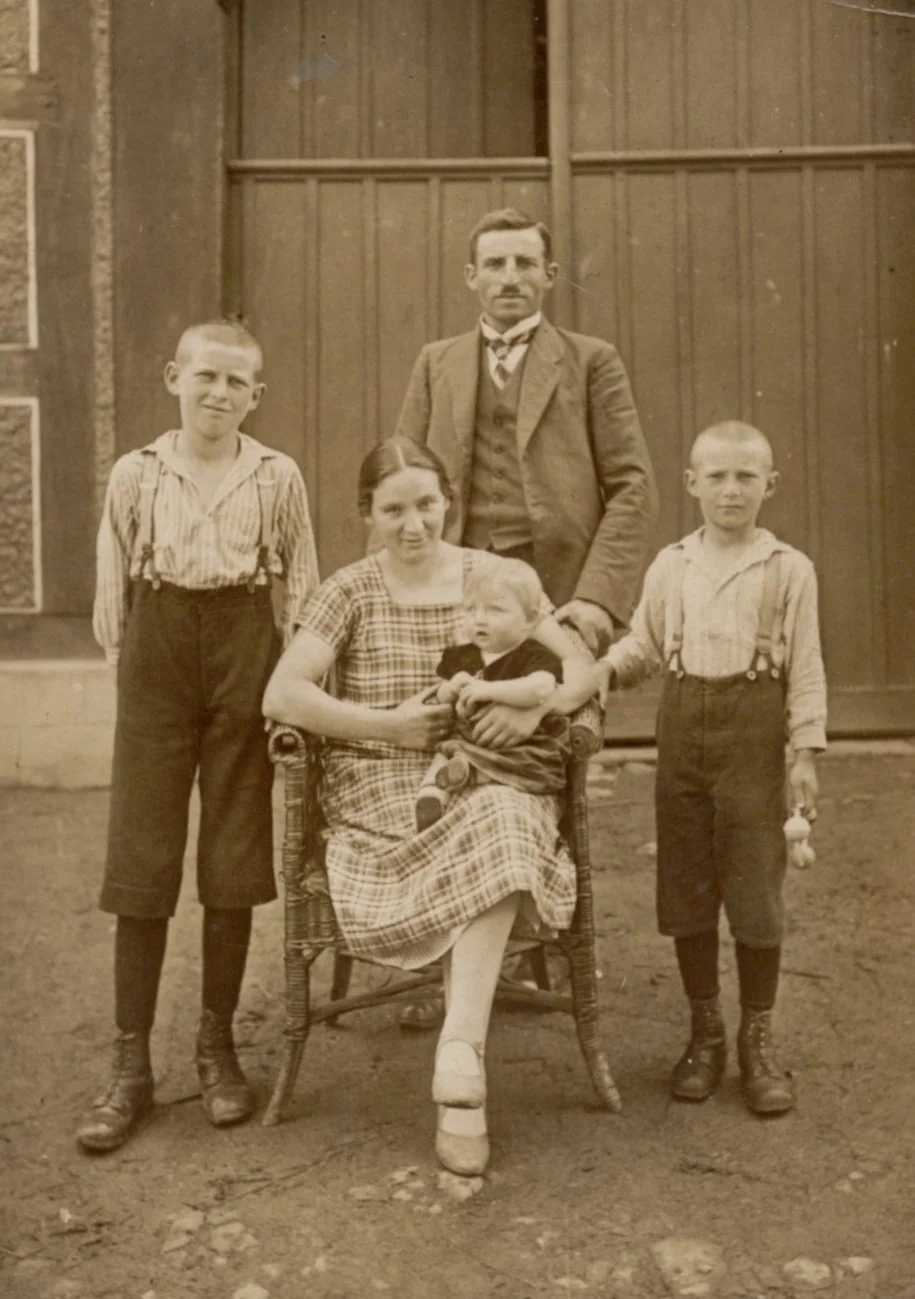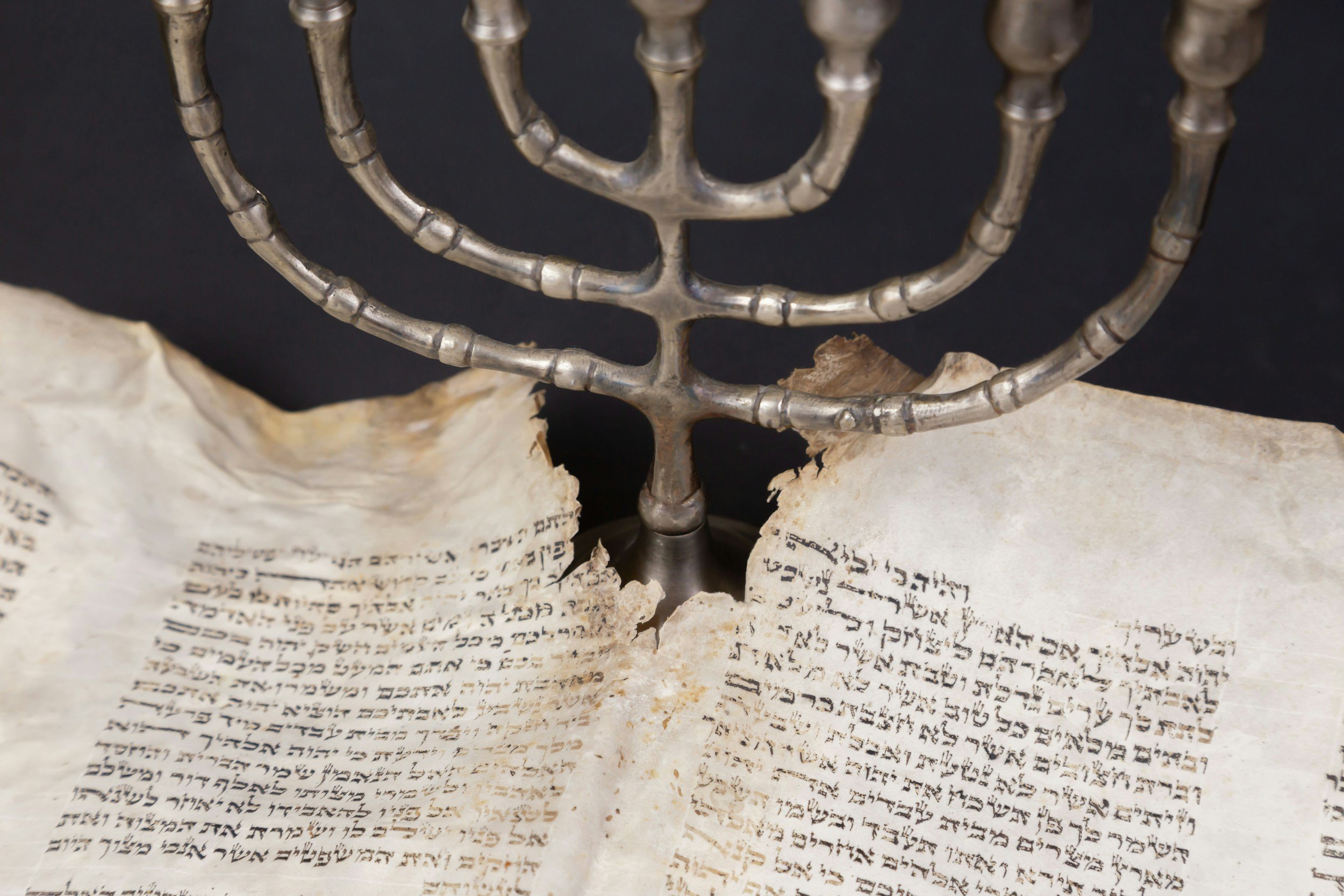
Intro to Judaism
Vocabulary
-
Ceremony marking passage from childhood to adulthood (typically age 13); Hebrew for “Sons / Daughters of Commandment”; first time they read aloud from the Torah. From this point forward, they assume the rights and obligations of a Jewish adult.
-
This holiday lasts 7-8 days and celebrates Jewish freedom from slavery in Egypt. Passover refers to the story of when God “passed over” houses of Jewish families and saved their children during a plague that was said to have killed all other first-born babies in Egypt.
-
Ritual circumcision on the 8th day of a Jewish boy’s life.
-
The dispersion, spread, or exile of a people from their original homeland.
-
This Jewish celebration, also known as the “Festival of Lights,” lasts 8-days and commemorates the rededication of the Jewish Temple in Jerusalem. The holiday commemorates the time when a small group of Jewish fighters found only enough oil to light the temple's candles for one day, but the oil miraculously burned for eight days. This gave the Maccabees enough time to find more oil and rededicate the temple.
-
Established by the U.N. General Assembly in 2005. The chosen date of Jan. 27 reflects the anniversary of the liberation of Auschwitz-Birkenau by Soviet troops (Jan. 27, 1945). Auschwitz has become emblematic of the camp system as a whole, and therefore to many, it is representative of the Holocaust. Its liberation marks an occasion for solemn commemoration and reflection.
-
Translated from Hebrew, it means “teacher”; Spiritual leader.
-
Hebrew word that means “dome” and refers to a skull cap worn by men during times of prayer or as a sign of being in the presence of God.
-
A Jewish house of worship and learning.
-
Six-pointed star often used as a symbol of the Jewish religion. It is said to be from the shield of King David who established Jerusalem as the capital city of the Israelites. The Nazis transformed this religious and cultural symbol into a badge for identifying, segregating, and humiliating Jews.
-
Recognized as a day of rest and prayer for Jews. It begins at sunset on Friday and lasts until nightfall on Saturday. In Judaism, a new day begins at sunset. Observing Shabbat can take many forms, most celebrate by socializing with other Jews at a Shabbat meal, including the lighting of two candles, followed by a blessing over a cup of wine, and the sharing of bread together. Shabbat is a regular reminder that God created the world and rested on the seventh day.
-
This “Day of Atonement” is considered the holiest day of the year for Jews and is typically spent in prayer and fasting. The High Holy Days are the 10 days starting with Rosh Hashanah and ending with Yom Kippur; this is a time of repentance for Jewish people.
-
Symbolic meal held on the first or second night of Passover. The Seder meal consists of items that are symbolic in retelling the Passover story: roasted shank = sacrifice; egg = circle of life; bitter herbs = slavery; haroset = mortar used to make bricks in Egypt while slaves; karpas (greens) = Spring.
-
Hebrew for Holocaust Remembrance Day. The first commemoration of Yom HaShoah took place in 1951 in Israel. The U.S. Congress established the Days of Remembrance as the nation’s annual commemoration of the Holocaust. Across the U.S., state and local government organizations, workplaces, schools, and religious and community centers host remembrance activities to reaffirm our nation’s commitment to keeping the memory of the Holocaust alive.
-
The nine-branched candelabra used on Hanukkah that commemorates the miracle that a day's worth of oil lasted eight days. Eight of the nine branches hold lights that symbolize the eight nights of the holiday; on each night, one more light is lit than the previous night, until on the final night all eight branches are lit. The ninth branch holds a candle that is the “helper” or is used to light the other candles.
-
Dietary laws. Not all Jews keep Kosher. It’s an individual choice. For those who do keep Kosher, it means they have no pork or shellfish, there is no mixing of meat and milk, and they only eat meat that has been slaughtered according to Kosher laws.
-
A collection of teachings and commentaries on Jewish law that was developed as Judaism evolved after the destruction of the Second Temple in Jerusalem. It includes the interpretations of thousands of rabbis - a recording of the rabbis' discussion of the way to follow the Torah at that time - and it outlines the importance of Jewish law. The Talmud is typically studied, not read.
-
Part of the Jewish sacred text that includes the origin stories of the Jewish people and outlines Jewish laws. It’s written on scrolls and kept in a special cabinet in synagogues called the holy ark. It’s read with a pointer. Each week, one section is read until the entire Torah is completed and then the reading begins again.
-
Jewish New Year. Customary to eat sweet foods, symbolizing the desire to have a sweet year of blessings and abundance - such as dipping a piece of apple into honey. The pomegranate symbolizes the wish to have a year full of abundant blessings and good deeds, just as a pomegranate is filled with an abundance of seeds.
What is Judaism?
Judaism is more than a religion—it is a complete civilization that includes a shared history, language, culture, and land. Jewish identity encompasses both spiritual beliefs and communal belonging.
It is rooted in memory and tradition, centered on justice, and defined by resilience. Jews consider themselves part of a global peoplehood that extends across generations and geographies, bound together by sacred texts, customs, and a commitment to preserving their identity.
Judaism begins in the biblical land of Israel and traces its origins to the covenant between God and Abraham, the first patriarch of the Jewish people. The Torah, Judaism's sacred text, tells the story of the Jewish people from their earliest ancestors. Abraham’s descendants, Isaac and Jacob, continue the story, eventually becoming the Israelites. Their journey, hardships, and relationship with God form the foundation of Jewish identity and belief.
The Torah and Sacred Texts
The Torah is the central sacred text in Judaism and includes the first five books of the Hebrew Bible. It contains the origin stories of the Jewish people and outlines the laws that guide Jewish life. Written on scrolls and read in synagogues each week, the Torah is revered and treated with deep respect. Over centuries, Jewish scholars compiled interpretations and discussions into the Talmud, which continues to guide Jewish learning and law.
‘Israel in Egypt’ (1867), by Edward John Poynter, imagines a biblical scene of Israelite slaves constructing cities in Egypt. Photo by Guildhall Library & Art Gallery/Heritage Images/Hulton Archive via Getty Images
Covenant, Slavery, and Liberation
According to tradition, the Israelites were enslaved in Egypt before being liberated through divine intervention.
God appointed Moses to lead the Israelites out of bondage, and on Mount Sinai, God gave them the Ten Commandments. These laws became the cornerstone of Jewish ethics and identity.
The story of Exodus is retold each year at Passover and underscores the central Jewish themes of liberation, resistance to oppression, and covenant with God.
Jewish Beliefs and Practice
Judaism is based on the belief in one God who created the world and is involved in its ongoing care.
Jewish practice centers around following God's laws as revealed in the Torah. These laws govern moral behavior, ritual observance, and daily life. Justice, compassion, and community responsibility are core values.
Many Jews believe that the Messiah has yet to come and that they have a role to play in repairing the world (tikkun olam).
Justice
Core Values
Compassion
Community
Temples and the Shift to Synagogue Life
The First and Second Temples in Jerusalem were central to ancient Jewish worship and community life.
When the Second Temple was destroyed by the Romans in 70 CE, Jews no longer had a single central place of worship. This led to the development of synagogues as local houses of prayer and learning.
The Western Wall in Jerusalem remains a symbol of Jewish continuity and longing for spiritual connection.
Francesco Hayez, The Destruction of the Temple of Jerusalem, canvas, cm 183 x 282, cat. 756. G.A.VE Photographic Archive – courtesy of the Ministry of Culture – Gallerie dell’Accademia di Venezia.
The Jewish Diaspora
Following the Roman destruction of Jerusalem, Jews were exiled and scattered throughout the world. This dispersion is known as the Diaspora. Despite being geographically dispersed, Jews maintained unity through shared texts, traditions, and customs. Distinct communities emerged, such as Ashkenazi (European), Sephardi (Iberian), Mizrahi (Middle Eastern), and others, each with unique practices but a shared identity.
Actress Mila Kunis
Jewish Identity: People, Not Race
Judaism is not a race but a religious and cultural identity.
While the Nazis falsely claimed Jews were a racial group, Judaism is practiced and embraced by people of diverse backgrounds and ancestries. Some Jews identify through religious practice, others through cultural heritage, and many through both.
Understanding Judaism as a peoplehood helps explain its diversity and unity.
Musician Lenny Kravitz
Ukrainian President Volodymyr Zelenskyy
Jewish Holidays
Jewish holidays reflect both historical events and spiritual principles. Each holiday reinforces themes of freedom, faith, and community, and is marked with meaningful rituals and family traditions.
Passover
Commemorates the Exodus from Egypt.
High Holy Days
Rosh Hashanah and Yom Kippur, known as the High Holy Days, focus on reflection, repentance, and renewal.
Hanukkah
Celebrates the rededication of the Temple.
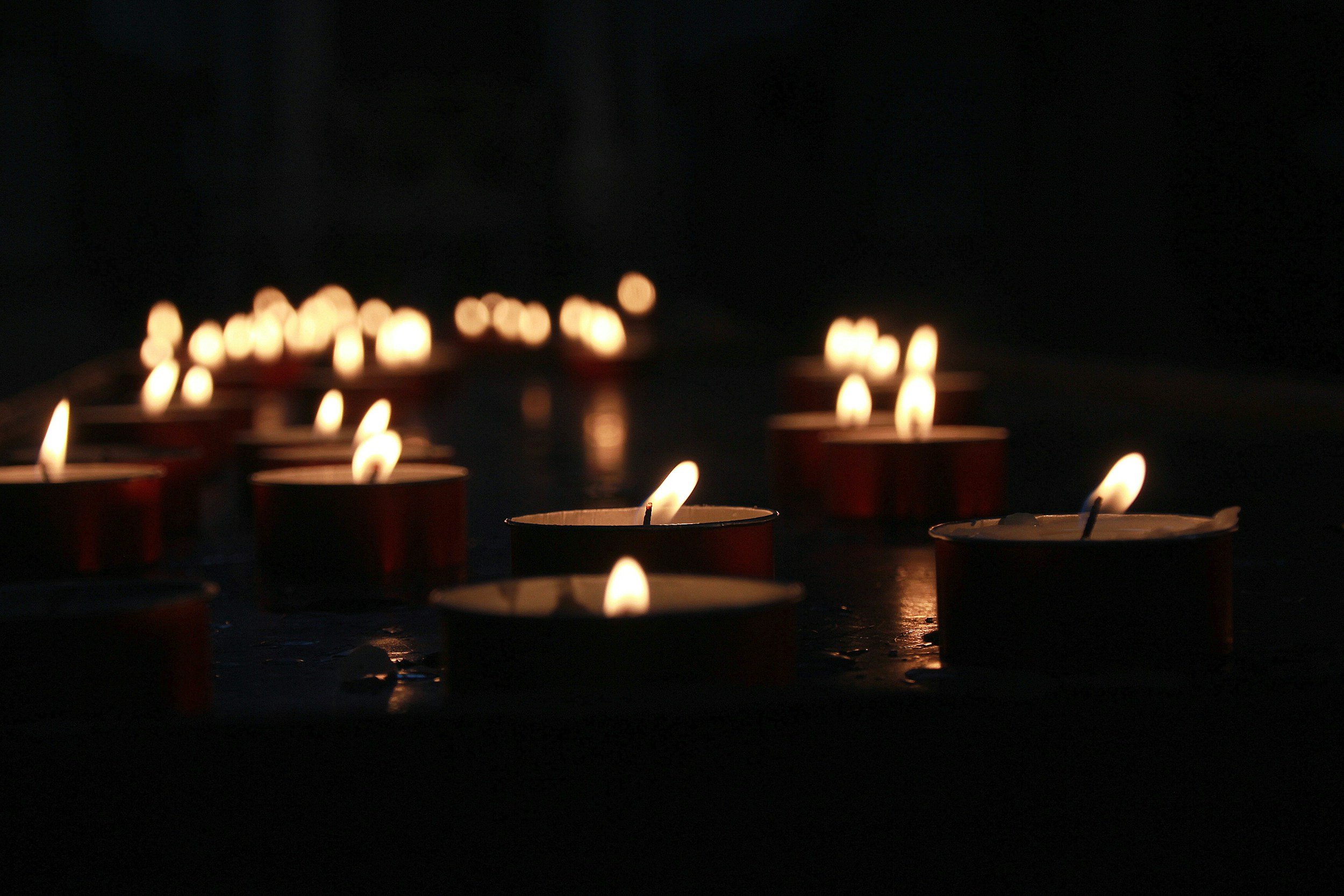
Remembrance and Memorialization
Two important days commemorate the Holocaust: International Holocaust Remembrance Day on January 27 and Yom HaShoah in Israel during spring.
These days honor the six million Jews murdered during the Holocaust and the countless others who resisted and survived. Remembering this history is vital to preventing future atrocities and ensuring that Jewish lives are seen in their full humanity.
The Modern Jewish World & Israel
In 1948, the modern State of Israel was established, providing a return to the native homeland of Jews after centuries of exile and persecution.
Today, about 90% of the global Jewish population lives in Israel or the United States. Jewish communities thrive in many democracies, though antisemitism remains a challenge.
Israel is a diverse nation with Jews from around the world living alongside Arab and other minority communities.
Floridian Stevan Simon with his father, Eric.
The Lowenstein family of Furstenau, Germany.
The Jewish People Before the Holocaust
Before the Holocaust, Jewish life in Europe was vibrant and diverse.
Jews lived in cities and towns across the continent and contributed richly to their societies. Most were highly assimilated and considered themselves citizens of their countries.
Despite making up a small percentage of the population, Jews were targeted by the Nazis, who used false stereotypes and propaganda to justify their genocide.

Diversity, Dignity, and Loss
Judaism has survived for thousands of years through resilience, memory, and community.
The Holocaust attempted to reduce Jewish life to a single narrative of victimhood, but in truth, Jewish identity is vast, diverse, and deeply human.
By learning about Judaism and its people, we recognize both what was lost and what endures: a legacy of courage, culture, and hope.
Made in partnership with the Humanus Network. Last updated Nov 2025.

